AVAGO HFBR-1414TZ Compatible The 850-nm optical fiber The DC-50 MBd high-performance optoelectronic transmitter device
AVAGO HFBR-1414TZ Compatible The 850-nm optical fiber The DC-50 MBd high-performance optoelectronic transmitter device
AVAGO HFBR-1414TZ Compatible The 850-nm optical fiber The DC-50 MBd high-performance optoelectronic transmitter device
Product Description
FTBR-1414xx / 2418xx series optical fiber transceiver devices, with 850nm multimode optical fiber, to provide high performance and low cost optical fiber communication links for industrial, power generation, medical, transportation and game applications, FTBR-1414xx under a 60 mA current drive, the minimum transmission distance of 2000 meters.
FTBR-1414xx / 2418xx is fully compatible with AVAGO’S HFBR-1414 / AFBR-2418 series, supports industrial standard ST fiber ports and offers optional with threads. FTBR-1414xx / 2418xx is suitable for a variety of fibers with fiber core diameter, including 50/125μm,62.5/125μ m, 100 / 140 μ m and 200 μ m.
FTBR-1414xx is a transmitter, packaged of a high power LED chip with a peak wavelength of 850nm. The 850nm multimode fiber with 62.5/125μ m core diameter output a typical optical power value of-14 dBm driven by 60 mA current.
The FTBR-2418xx consists of a high-gain span resistance amplifier with an integrated photodiode with CMOS / TTL logic output providing power monitoring (RSSI). To improve the stability of the output pulse width of the receiver, the receiver chip has designed the automatic artery width calibration circuit with the pulse width distortion within ± 5ns.
Product characteristics
● Data transfer rate: DC-50 MBd
● Minimum transmission distance: 2,000m
● The output waveform pulse width is stable
● Provide the RSSI monitoring
● Meet the industrial grade temperature range: -40℃ to 85℃
● Compliance the RoHS criteria
● The power supply voltage supports 3.3V and 5V
Product application
● Factory automation
● Lan
● Audio and video apps / game apps
● Industrial networks and the fieldbus
Transmitter index
|
Pin |
Name |
Definition |
|
1 |
NC |
NC |
|
2 |
Anode |
LED positive pole |
|
3 |
Cathode |
LED negative pole |
|
4 |
NC |
NC |
|
5 |
NC |
NC |
|
6 |
Anode |
LED positive pole |
|
7 |
Anode |
LED positive pole |
|
8 |
NC |
NC |

Transmitter pin definition
Absolute maximum rating
|
Parameter |
Symbol |
Min |
Max |
Unit |
Explain |
|
Storage temperature |
Ts |
-55 |
+85 |
℃ |
|
|
Working temperature |
Ta |
-40 |
+85 |
℃ |
|
|
Forward DC current |
IF |
100 |
mA |
||
|
Backward voltage |
VR |
10 |
V |
T=25℃ |
|
|
Circulating lead welding temperature |
260/10 |
℃/s |
Photoelectric performance parameters (operating temperature range-40℃ ~+85℃, power supply voltage range: 4.75V <Vcc<5.25V)
|
Parameter |
Symbol |
Min |
Typical |
Max |
Unit |
Explain |
|
50/125 μm optical fiber output |
PT50 |
-19 |
-17 |
-15 |
dBm |
IF=60mA, |
|
-20 |
-14 |
|||||
|
62.5/125μm fiber output |
PT62 |
-15 |
-14 |
-12.5 |
dBm |
IF=60mA, |
|
-16 |
-12 |
|||||
|
100 /140 μm optical fiber output |
PT100 |
-10 |
-7 |
-5 |
dBm |
IF=60mA, |
|
-11 |
-4 |
|||||
|
The 200μm HCS optical fiber output |
PT200 |
-6 |
-4 |
-2 |
dBm |
IF=60mA, |
|
-7 |
-1 |
|||||
|
Speed |
DR |
DC |
50 |
MBd |
||
|
Output optical power temperature coefficient |
PT/T |
-0.3 |
%/℃ |
|||
|
Peak radiation wavelength |
PK |
845 |
850 |
855 |
nm |
|
|
Direct voltage |
VF |
1.4 |
1.59 |
1.8 |
V |
IF=60mA |

Figure 1 Forward Current and Forward current curve

Figure 2 Forward current and normalized output optical power curve
Figure 2 shows the normalized output optical power curve of FTBR-1414xx and the output optical power corresponding to the normalized reference is 60 mA drive current, the left coordinate is the fold change, and the right coordinate is the dB change.
The output optical power corresponding to other driving currents can be calculated by FIG. 2, for example below
The typical value of the output optical power of FTBR-1414xx under 60 mA driving current at normal temperature is-14 dBm. If the driving current of FTBR-1414xx is reduced to 30 mA, the output optical power is 0.5 times of the output optical current under 60mA driving current. It can be seen from the right coordinate that the output optical power changes by-3 dBm compared with that of the output driving current under 60mA, which is-17 dBm.
Receiver metrics
Receiver pin definition
|
Pin |
Name |
Definition |
|
1 |
NC |
NC |
|
2 |
/DO |
Reverse output |
|
3 |
VCC |
Chip power supply |
|
4 |
NC |
NC |
|
5 |
NC |
NC |
|
6 |
RSSI |
Power monitoring end |
|
7 |
GROUND |
Chip to |
|
8 |
NC |
NC |

Absolute maximum rating
|
Parameter |
Symbol |
Min |
Max |
Unit |
Explain |
|
Storage temperature |
Ts |
-40 |
+85 |
℃ |
|
|
Working temperature |
Ta |
-40 |
+85 |
℃ |
|
|
Circulating lead welding temperature |
Tsold |
260/10 |
℃/s |
||
|
Supply voltage |
VCC |
-0.5 |
5.5 |
V |
|
|
Maximum DC output current |
IO |
10 |
mA |
Photoelectric performance parameters (operating temperature range-40℃ ~+85℃, power supply voltage range Vcc=3.3V± 5% or 5V ± 5%)
|
Parameter |
Symbol |
Min |
Typical |
Max |
Unit |
Explain |
|
Peak wavelength |
λ |
850 |
nm |
|||
|
Speed |
DR |
DC |
50 |
MBd |
||
|
Input power at an output of 0 |
PRL |
-24 |
+2 |
dBm |
DR=50 MBd |
|
|
Source current |
ICC |
20 |
30 |
mA |
||
|
Output voltage at the high output level |
VOH |
2.4 |
VCC |
V |
RL=2kΏ |
|
|
Output voltage at low output |
VOL |
0.2 |
0.4 |
V |
RL=2kΏ |
|
|
Output up time |
TR |
5 |
ns |
CL=10pF
|
||
|
Output drop time |
TF |
5 |
ns |
CL=10pF |
||
|
Duty cycle deviation |
PWD |
-5 |
5 |
ns |
||
|
The RSSI output responsiveness |
IRSSI/PIN |
0.65 |
A/W |
|||
|
The RSSI port voltage |
VRSSI |
0 |
VCC-1 |
V |

Figure 3 RSSI output port voltage with input optical power
Figure 4 RSSI responsiveness with temperature
Typical application circuit diagram

Figure 5. Typical application circuit diagram
Dimdimensions of ST interface (FTBR-1414Z /2418Z)

Outline dimensions of ST interface with thread (FTBR-1414TZ / 2418TZ)

List of product models
|
Product model |
Description |
|
FTBR-1414Z |
Transmitter device, and ST interface |
|
FTBR-2418Z |
Receive the device, and the ST interface |
|
FTBR-1414 TZ |
Transmitter device, threaded ST interface |
|
FTBR-2418 TZ |
Receiving device, threaded ST interface |
Important Notice
Performance figures, data and any illustrative material provided in this data sheet are typical and must be specifically confirmed in writing by F-tone Networks before they become applicable to any particular order or contract. In accordance with the F-tone Networks policy of continuous improvement specifications may change without notice.
The publication of information in this data sheet does not imply freedom from patent or other protective rights of F-tone Networks or others. Further details are available from any F-tone Networks sales representative.
Share
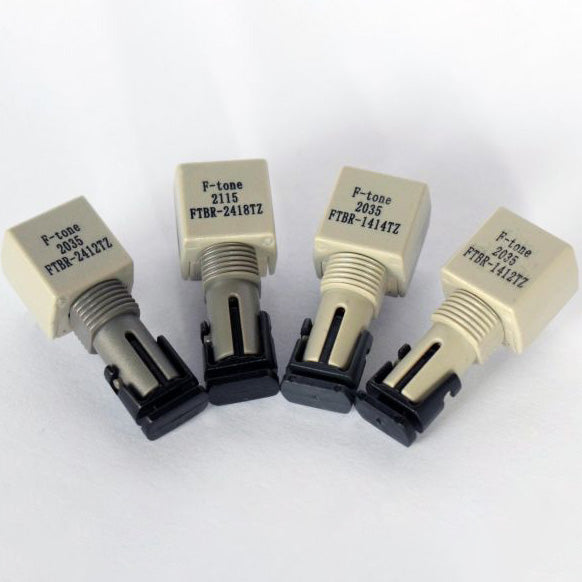
About F-tone Networks
F-tone Networks is now a world leader in development of optical transceivers and provide a wide range of high-speed optical solutions for optical communication networking, especially for AI, Data Center, enterprise data networking, Industry, aerospace, mining, shipbuilding, railway, metro, long haul transport networking, and mobile access networking applications
F-tone Networks invested in foundational photonics technologies and extensive product development and engineering with global presence in many area also.
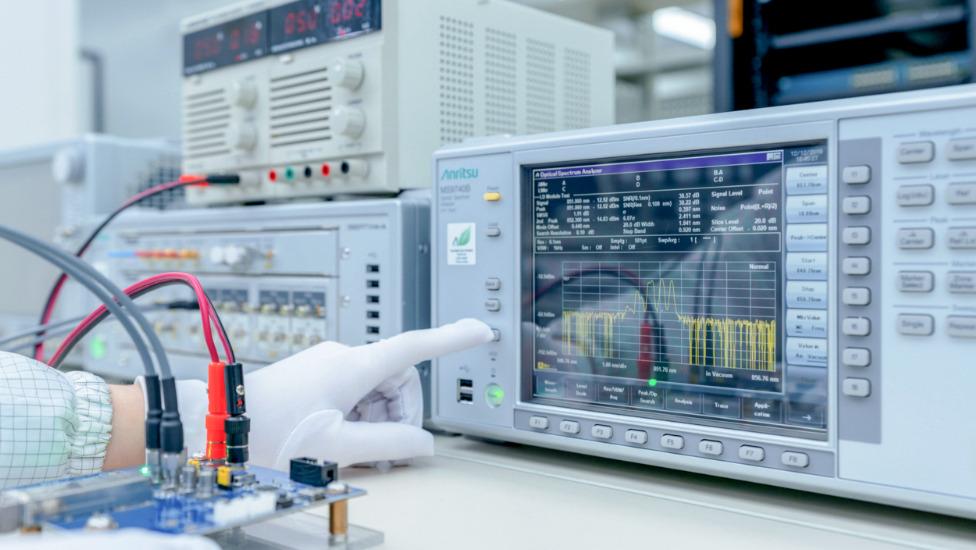
Power and Wavelength Testing
Test the signal delivering strength and wavelength, to ensure the signal decoding capacity of the receiver, and the wavelength remains consistent from the transmitter to the receiver.
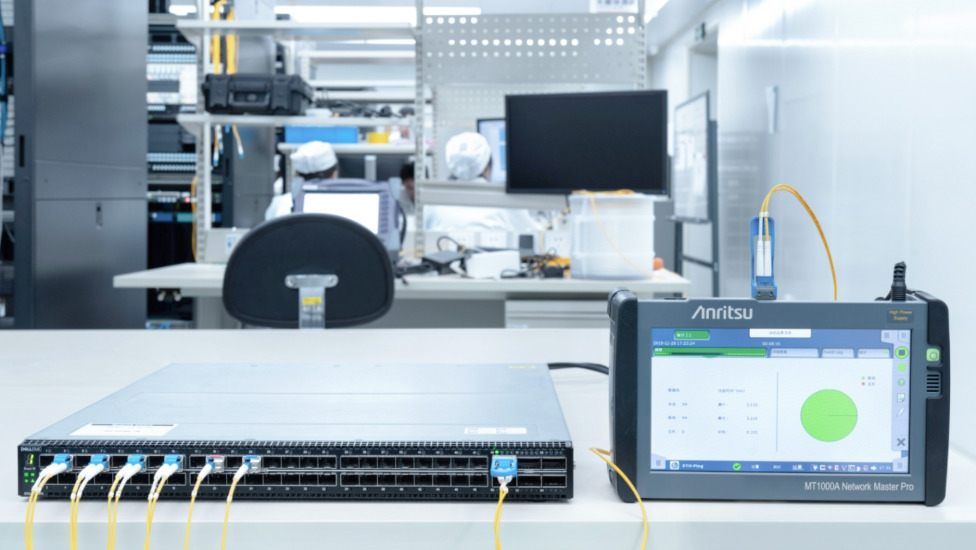
Traffic Testing
Test the bit error rate and packet loss rate, to make them meet the corresponding standards and ensure the performance of transceivers.
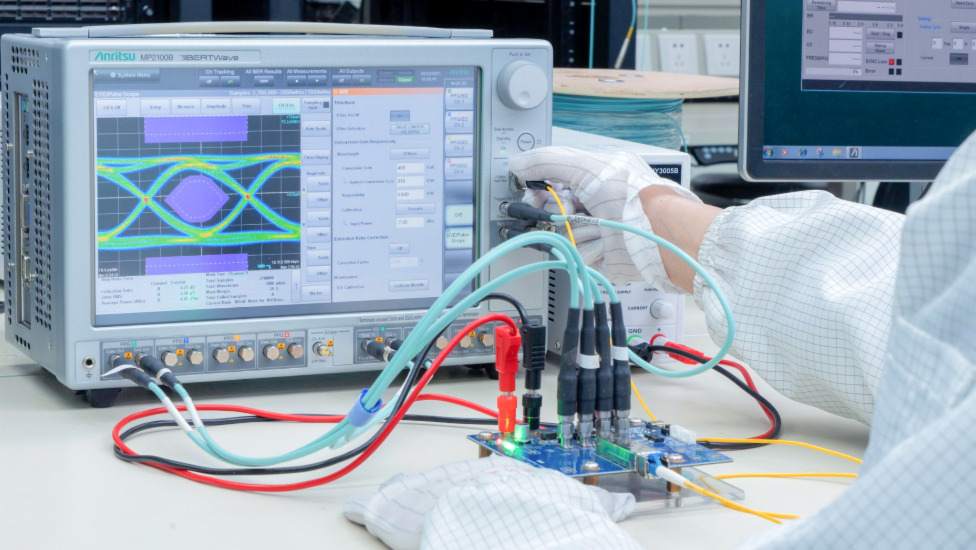
Optical Performance Testing
Test the transceivers' eye diagram situation, receiving sensitivity, extinction ratio, wavelength, light-emitting, light-receiving, current and voltage, to ensure the signal quality, stability and reliability of the transmission.
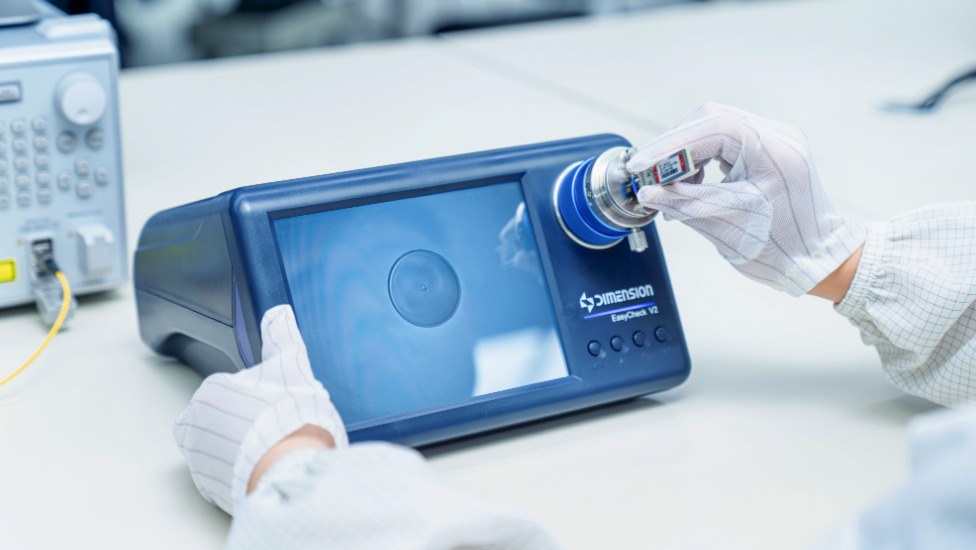
End Face Testing
Check the end face of the transceivers and keep them clean for more stable data transmission, better performance, and durability.
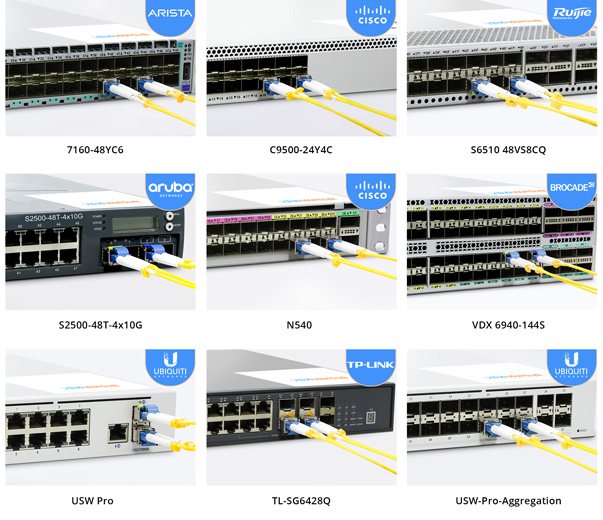
Various Switch Tests
Every module is quality tested for compatibility in the multi-brand switches environment, guaranteeing flawless operations.
Featured collection
-
AVAGO HFBR-2521ETZ Compatible Domestic Alternative Optical Module
Regular price $0.00Regular price -
AVAGO HFBR-1521ETZ Compatible Domestic Alternative Optical Module
Regular price $0.00Regular price -
AVAGO HFBR-1528Z Compatible Domestic Alternative Optical Module
Regular price $0.00Regular price -
AVAGO HFBR-2528Z Compatible Domestic Alternative Optical Module
Regular price $0.00Regular price



